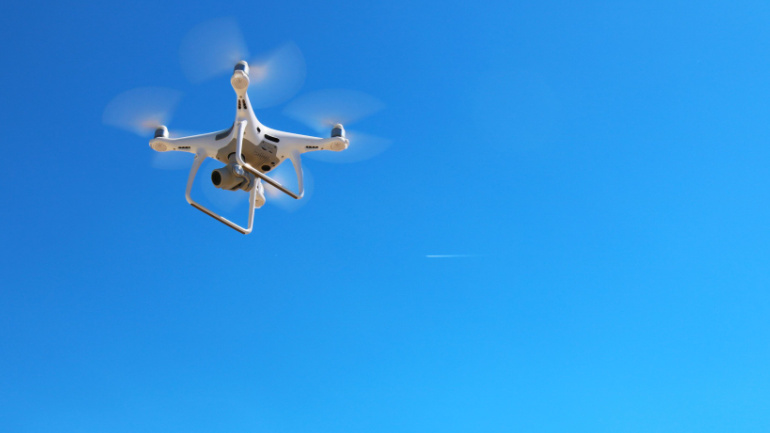
Valmont Industries Inc. and T-Mobile have recently announced the completion of an industry-first long-distance BVLOS (beyond visual line of sight) drone inspection flight enabled by 5G. This marks a significant milestone in infrastructure monitoring, as traditional methods generally involve significant safety risks, longer timeframes, and higher costs due to extensive manpower, manned aircraft operations, or ground-based inspections.
The Federal Aviation Administration (FAA) has begun granting more waivers for BVLOS drone operations, and Valmont is among the first companies in the U.S. to receive this waiver. The drone mission conducted in Texas covered a distance of 77 miles in under three hours, inspecting essential infrastructures such as power lines, railroads, and bridges. The drone used a Harris Aerial H6E drone equipped with a T-Mobile 5G connected Sony A7RM5 camera, resulting in a process that was three times faster than conventional methods and used less than two gallons of fuel.
Some of the key highlights from this mission include the use of less than one-fourth gallon of fuel per hour, pushing the average distance of UAS inspections from less than 20 miles per day to over 60, and the ability to provide high-resolution details for critical infrastructure inspections with the Sony A7RM5 camera. According to Jake Lahmann, UAS Manager at Valmont Industries Inc., achieving this type of range in a single drone flight “is really going to revolutionize the way the industry approaches infrastructure inspections.”
Thanks to the reach and speed offered by T-Mobile’s 5G network, Valmont’s drone inspection service can quickly respond to or preemptively prevent an emergency by monitoring infrastructure sites with higher accuracy. The company plans to offer drone-in-a-box (DiaB) services nationwide in 2024, allowing anyone needing aerial inspection services to access a drone that can be operated remotely by a Valmont pilot virtually anywhere in the U.S.
T-Mobile leads the industry in 5G technology, providing the largest, fastest, and most awarded 5G network, covering 326 million people across two million square miles—more than AT&T and Verizon combined. With further advancements in connected drones and 5G-enabled technologies, the possibilities for improving infrastructure inspections and other essential services continue to expand.




